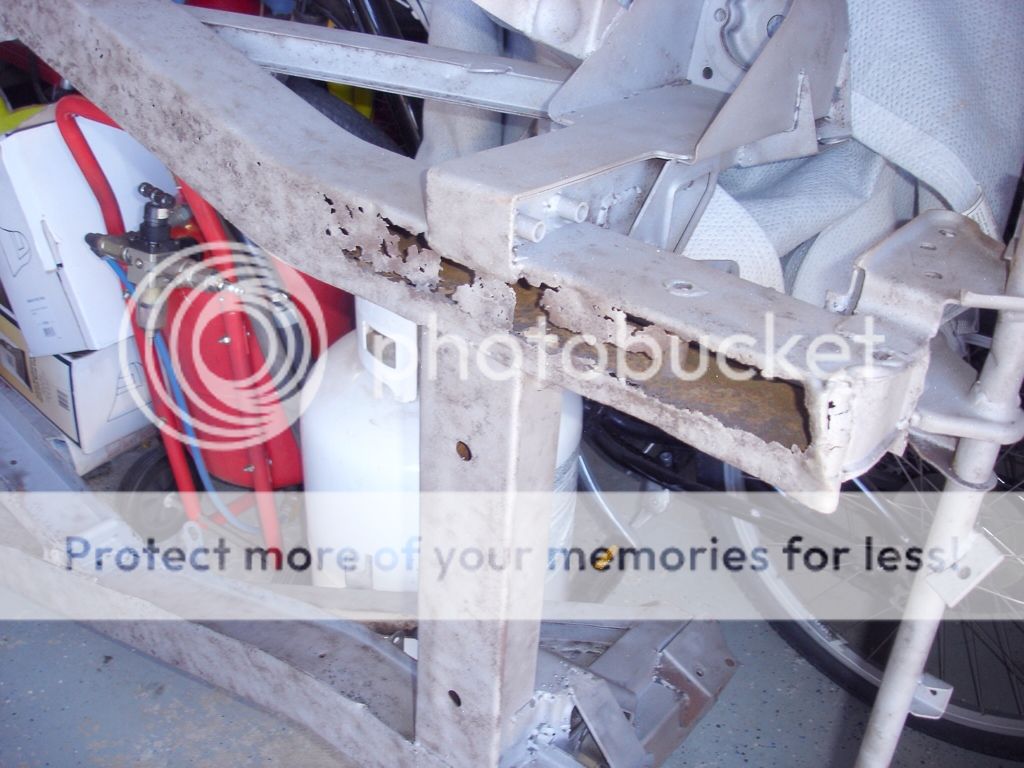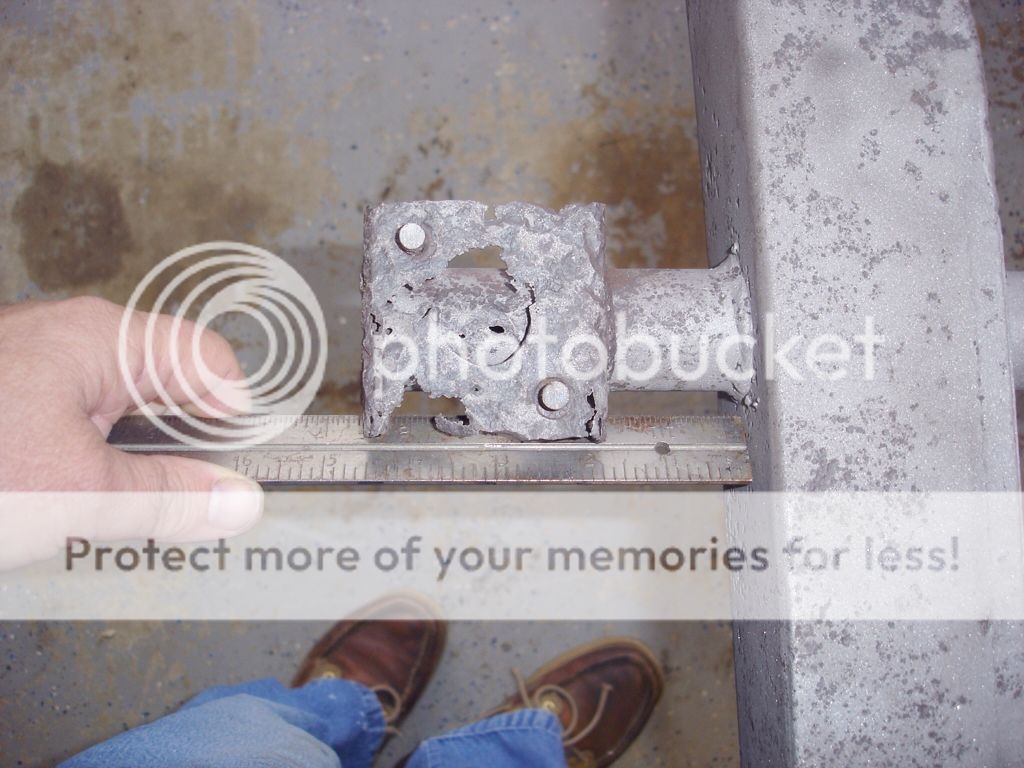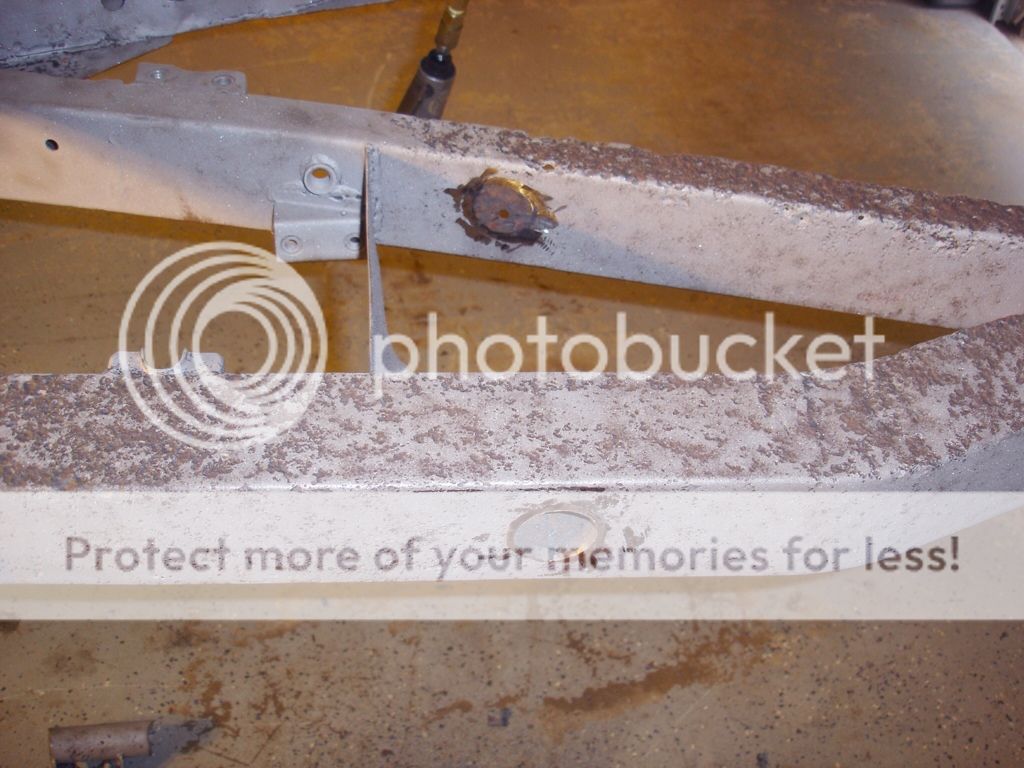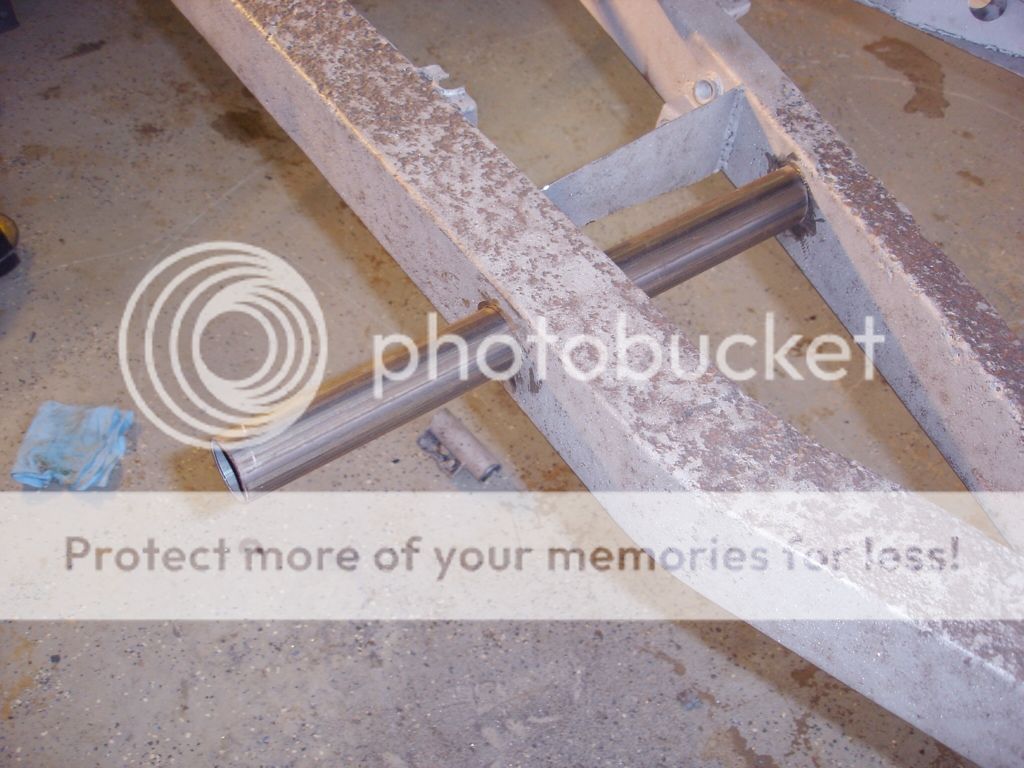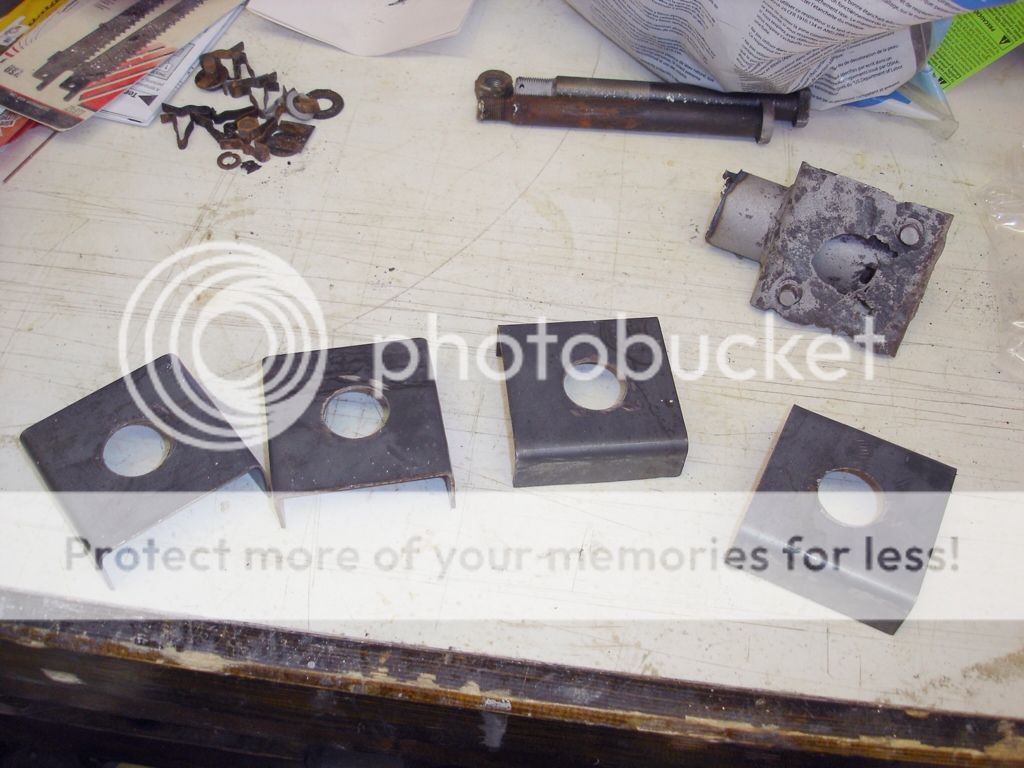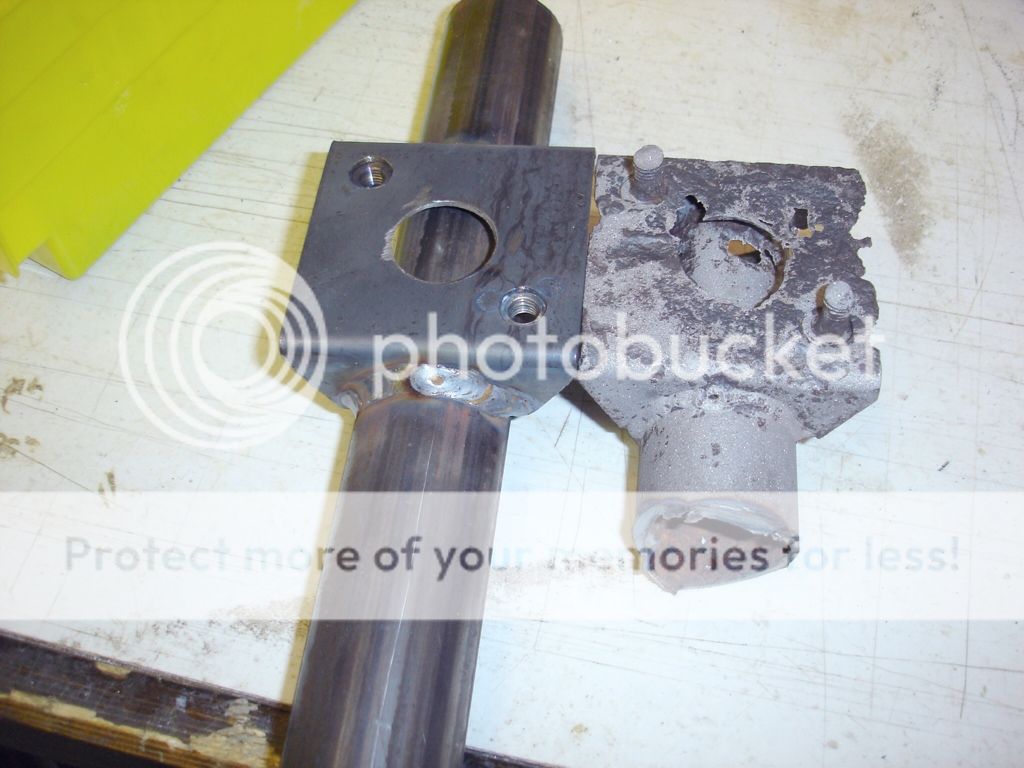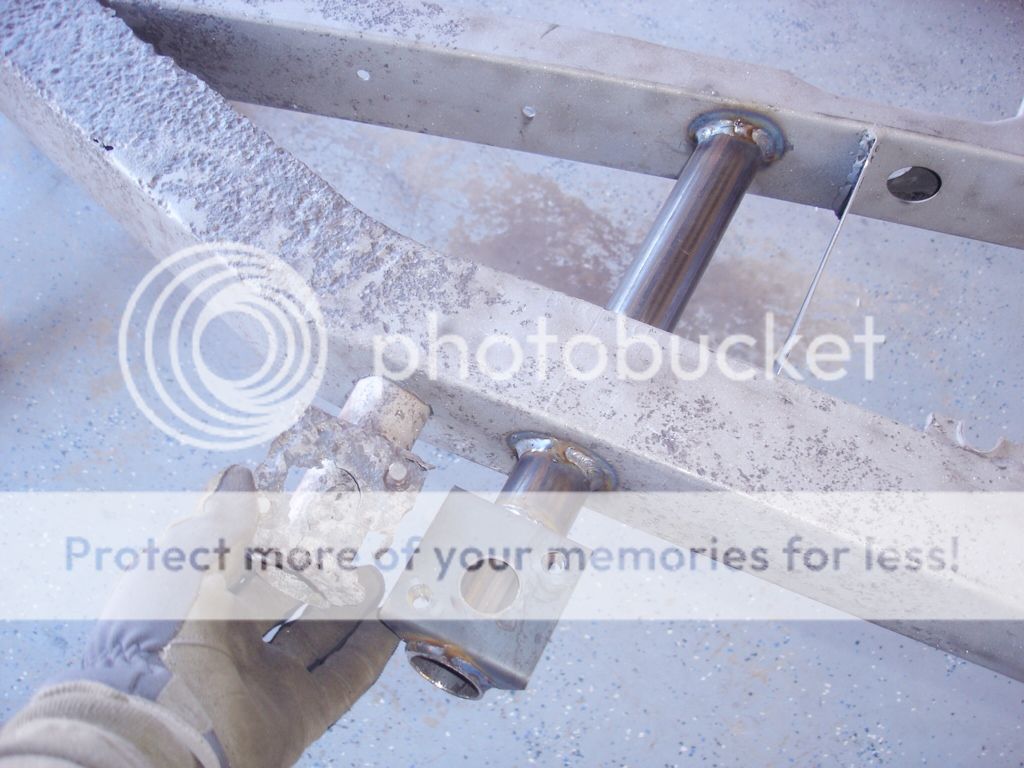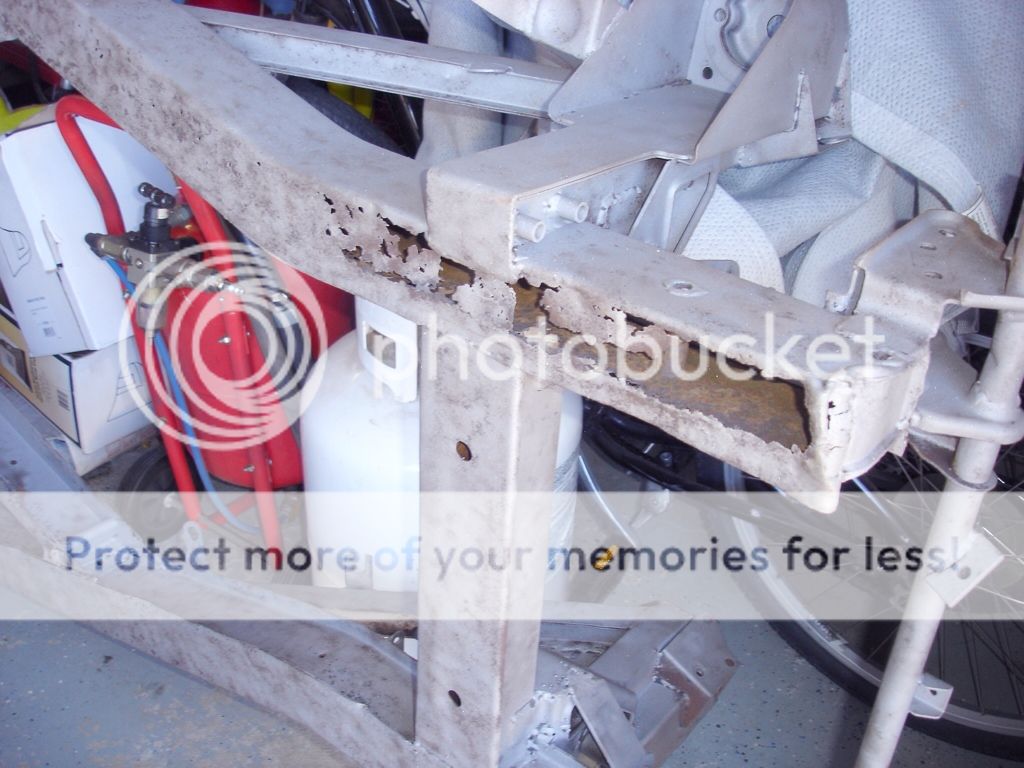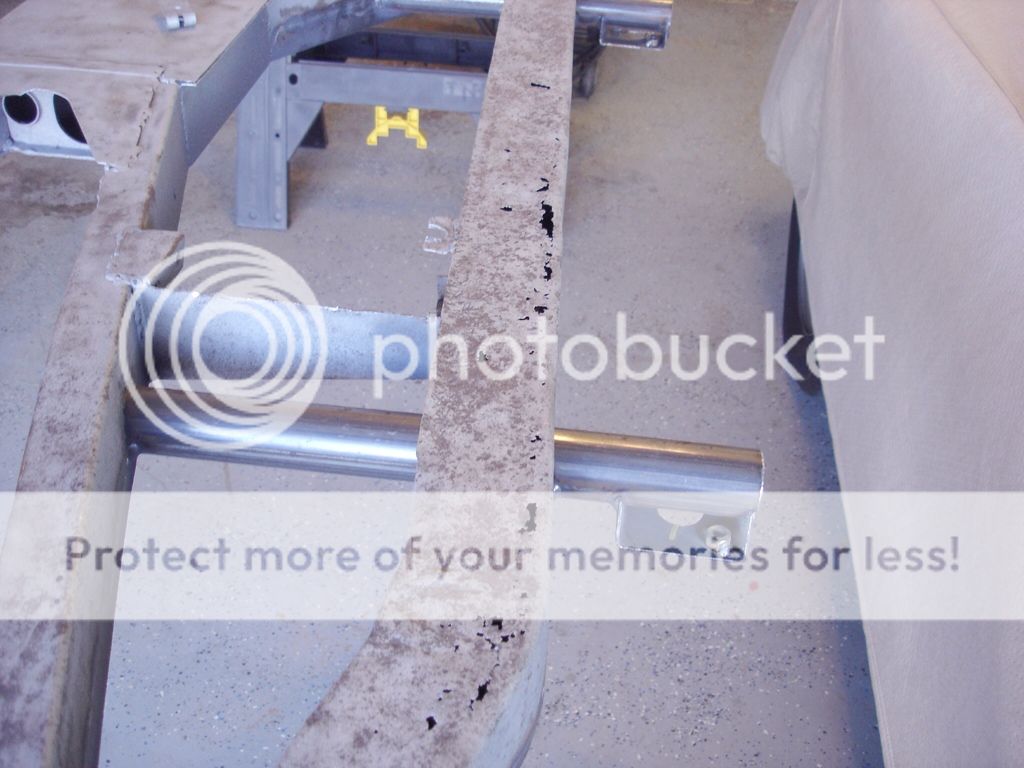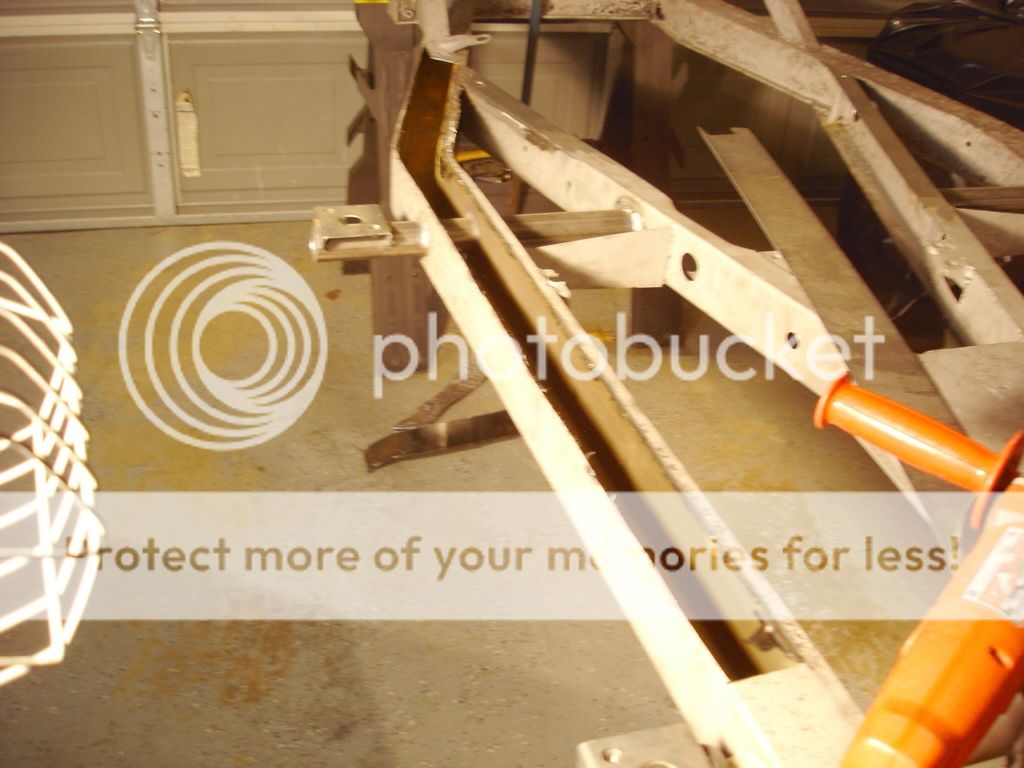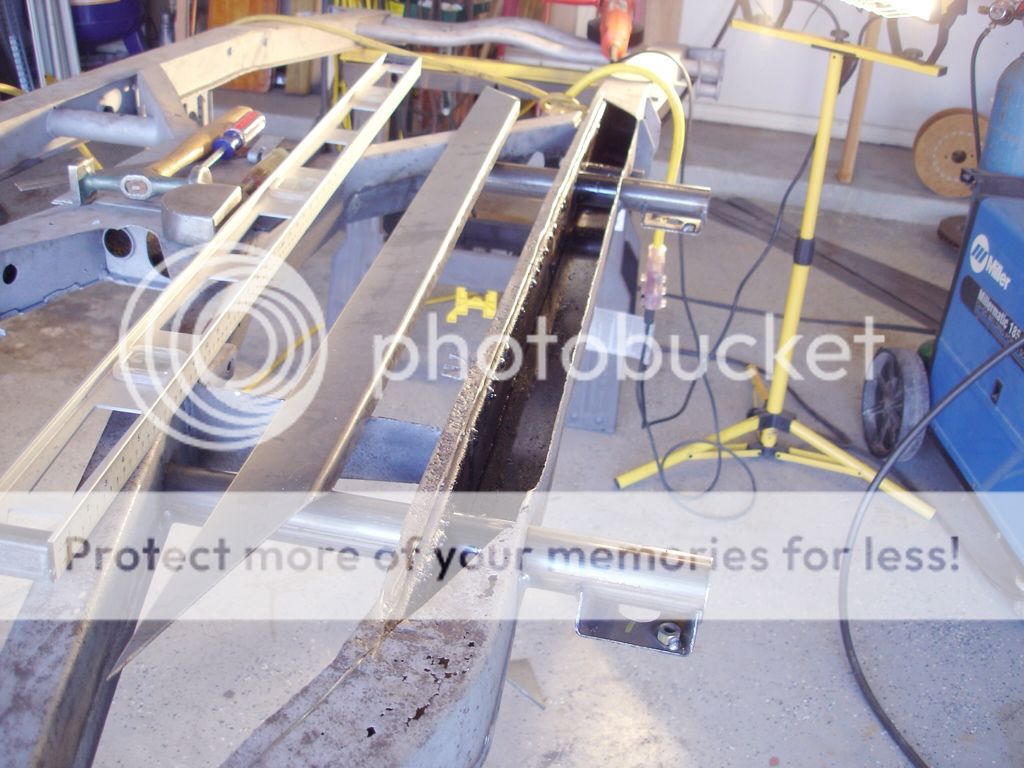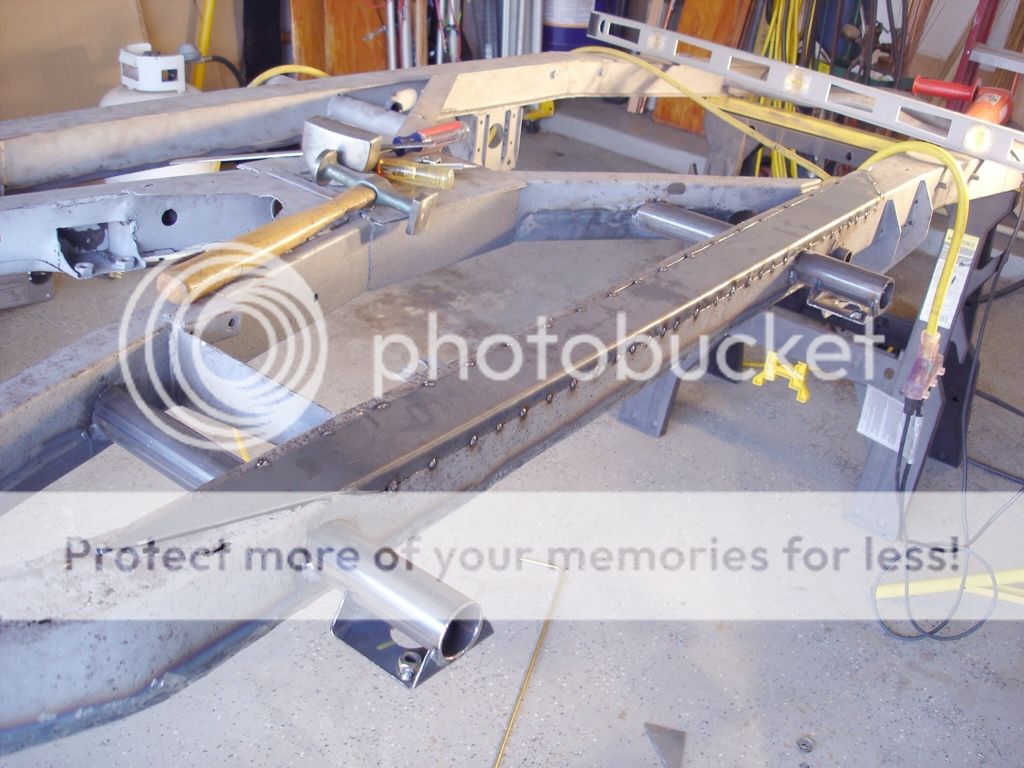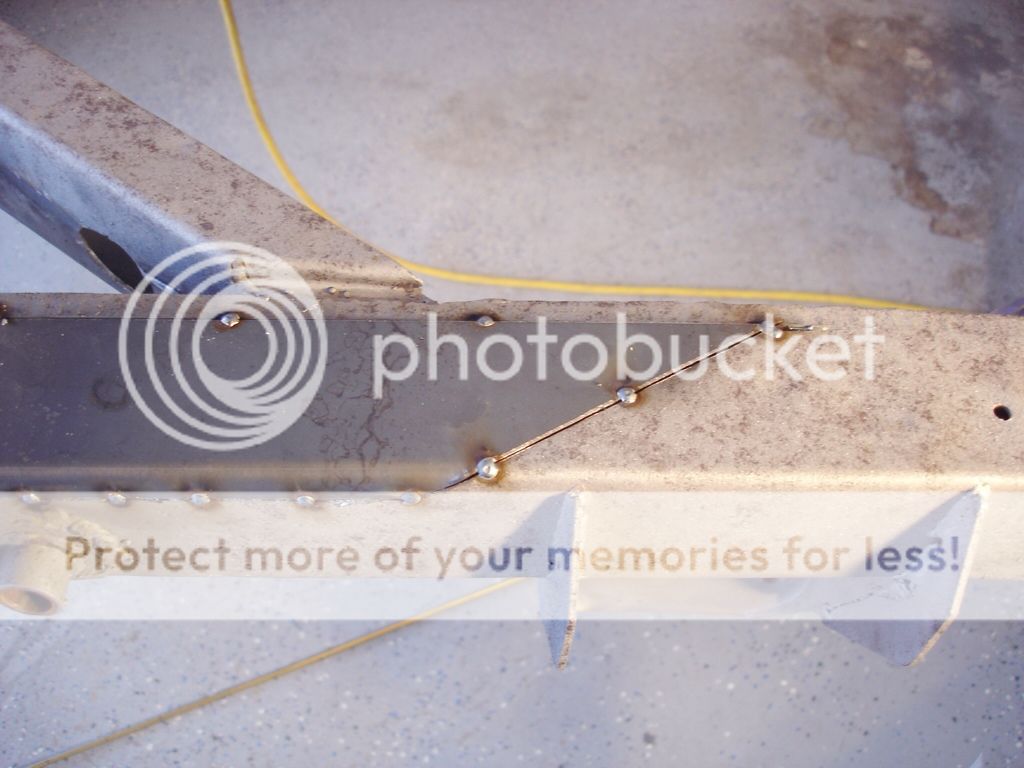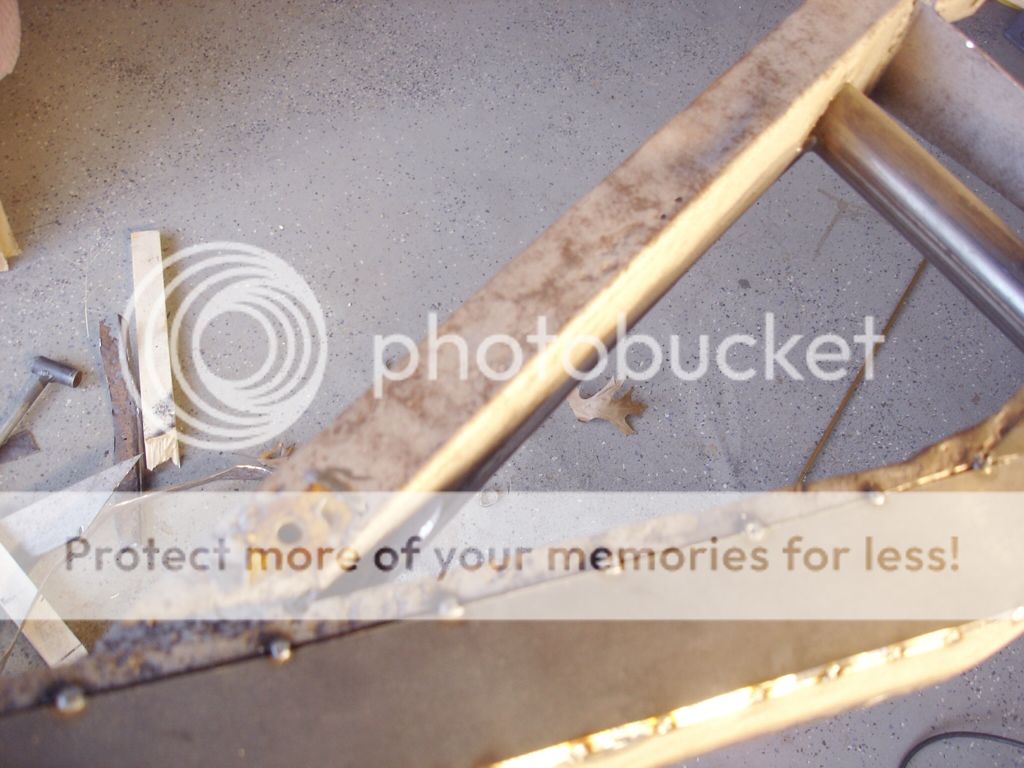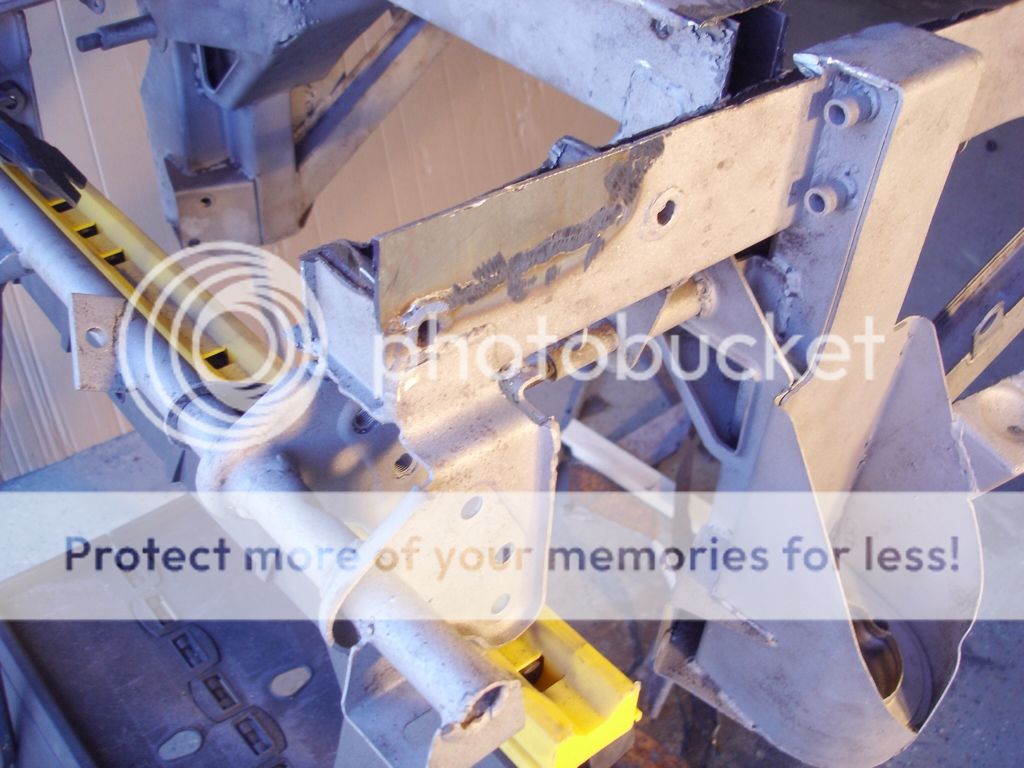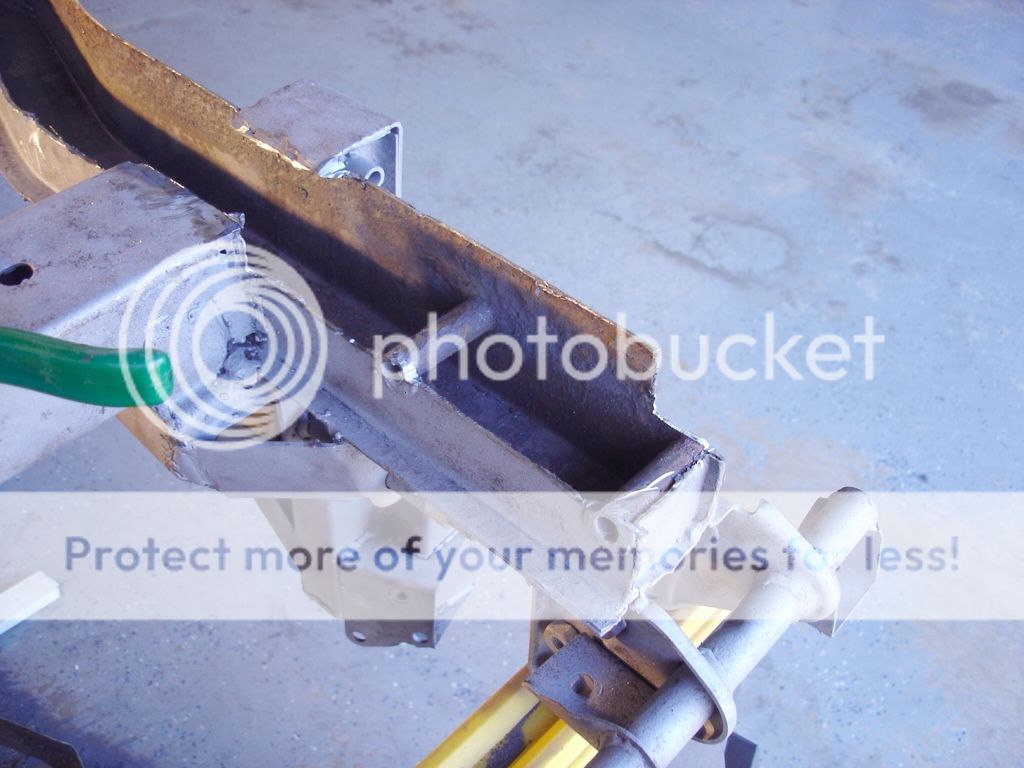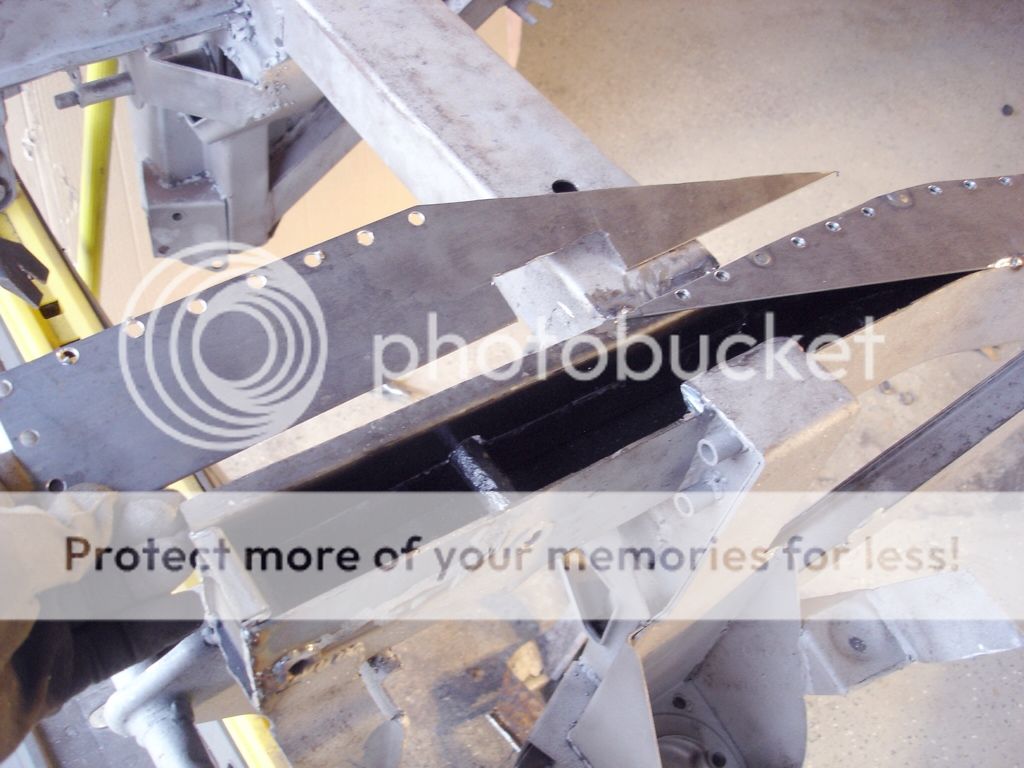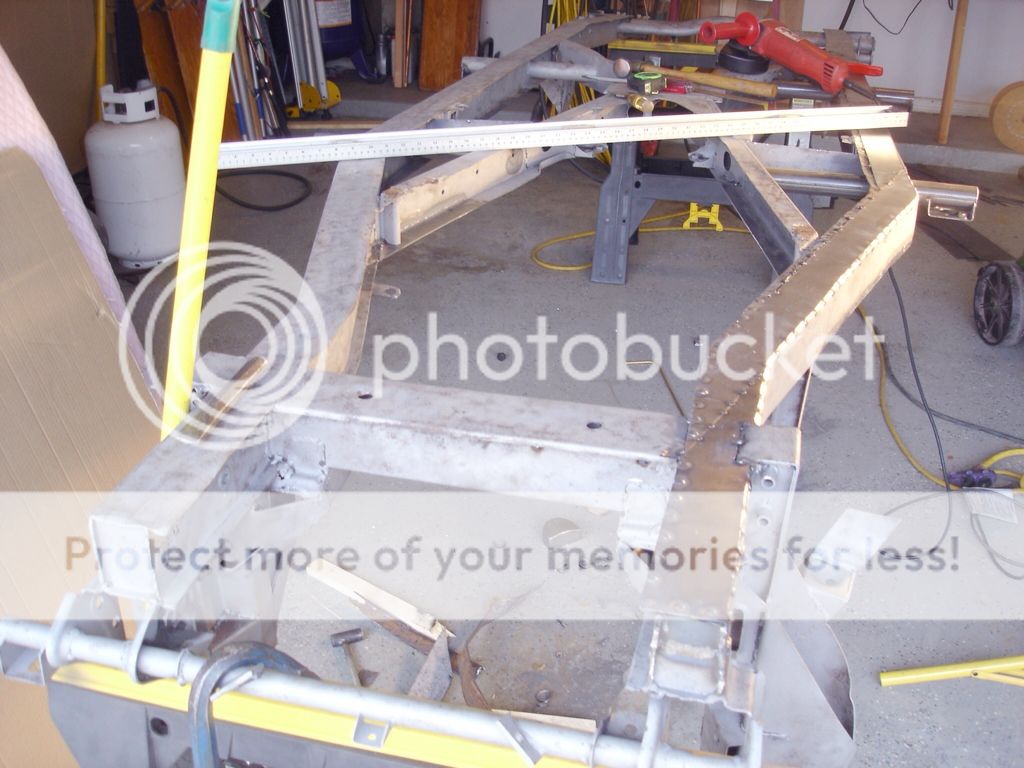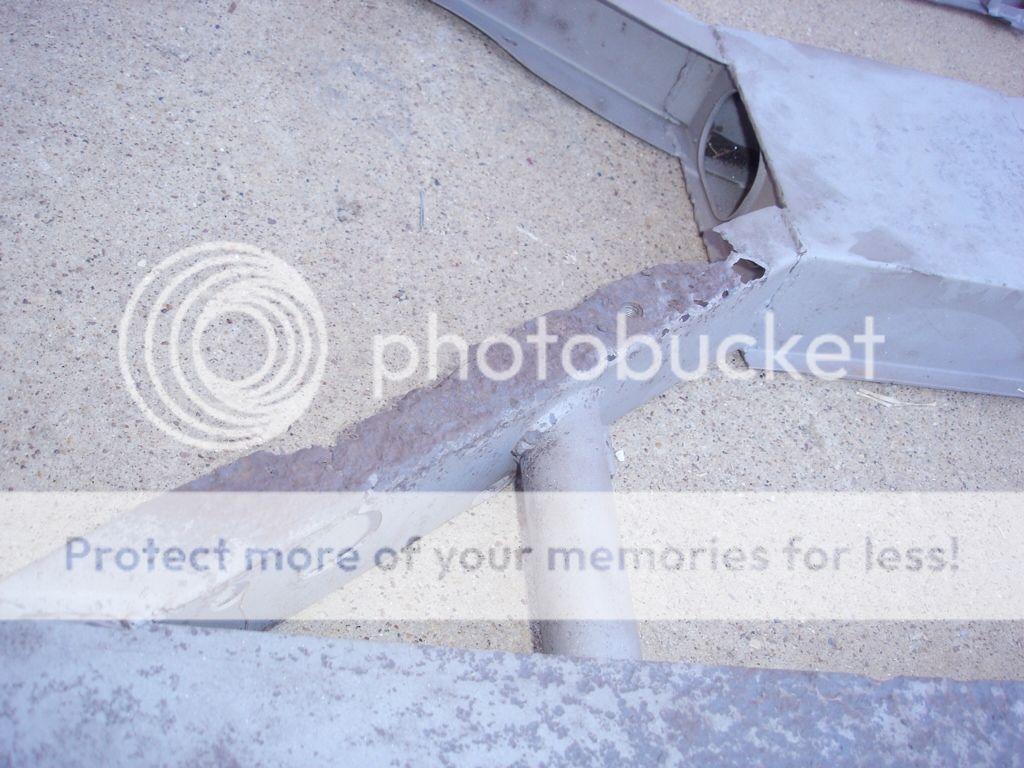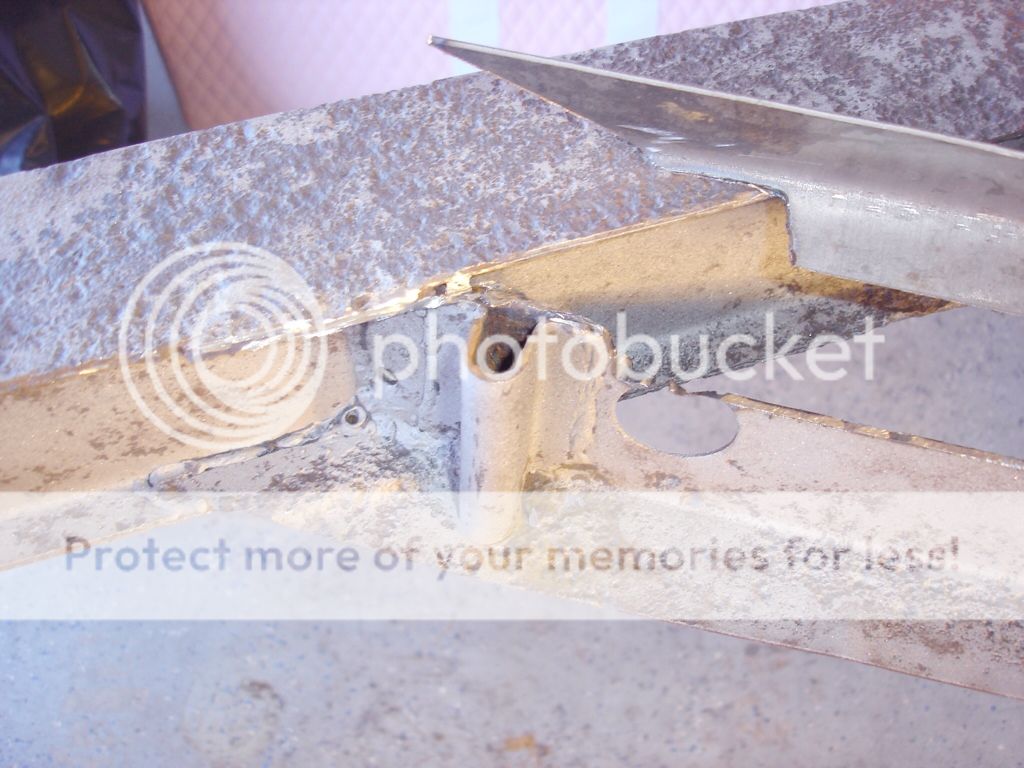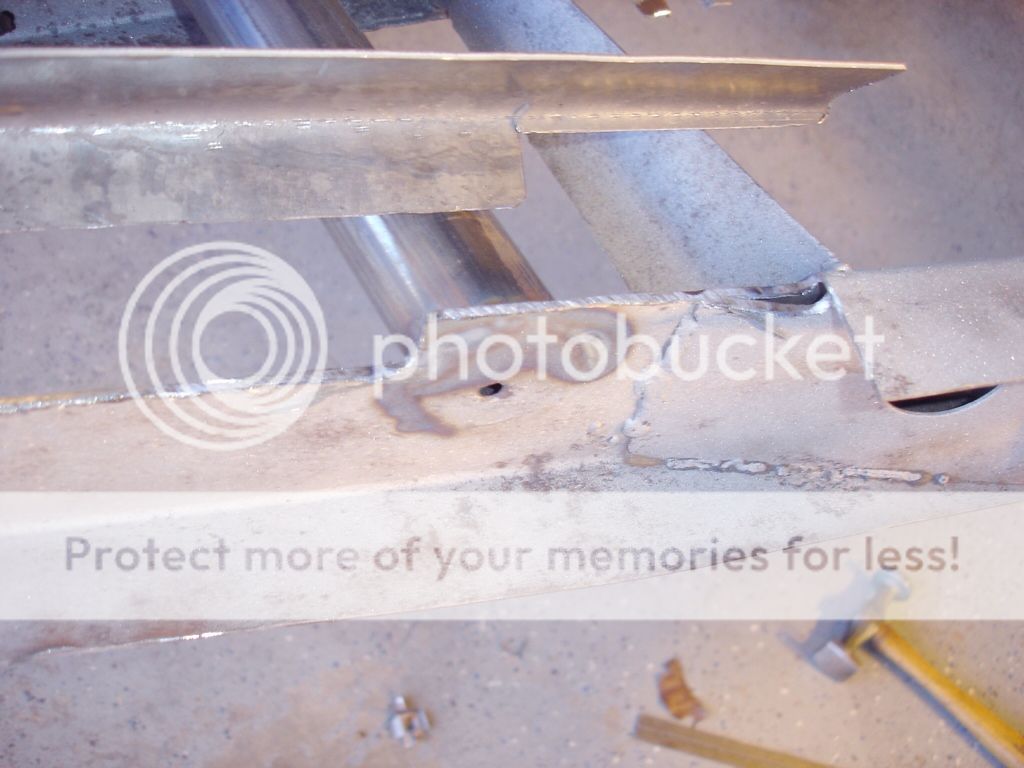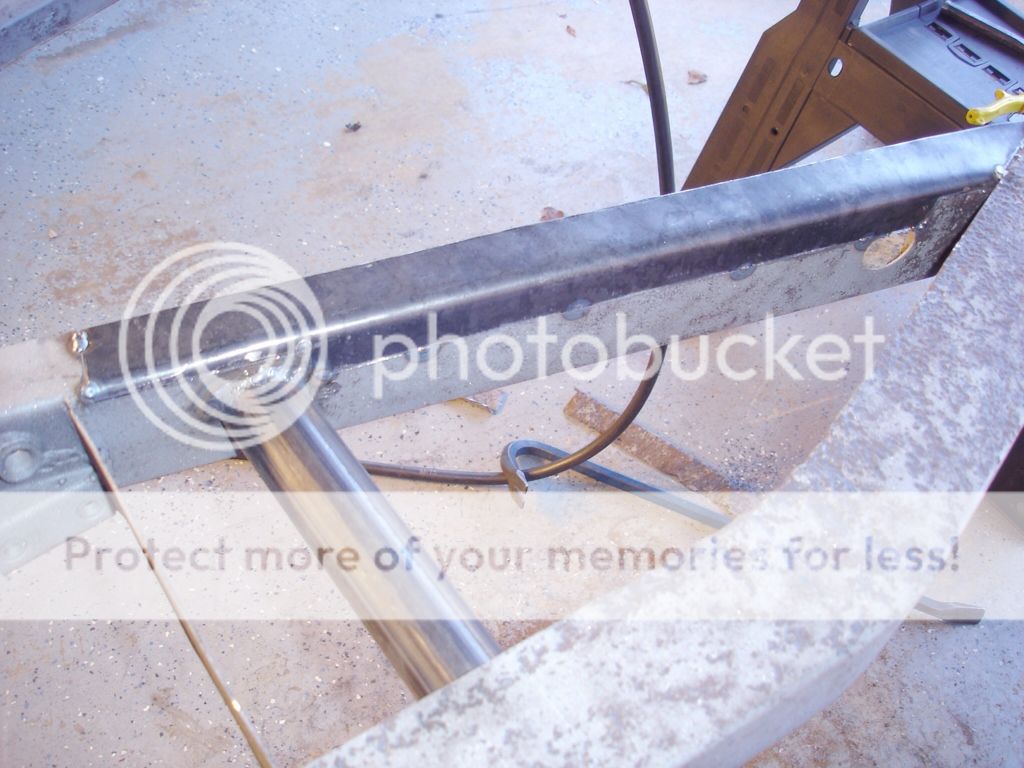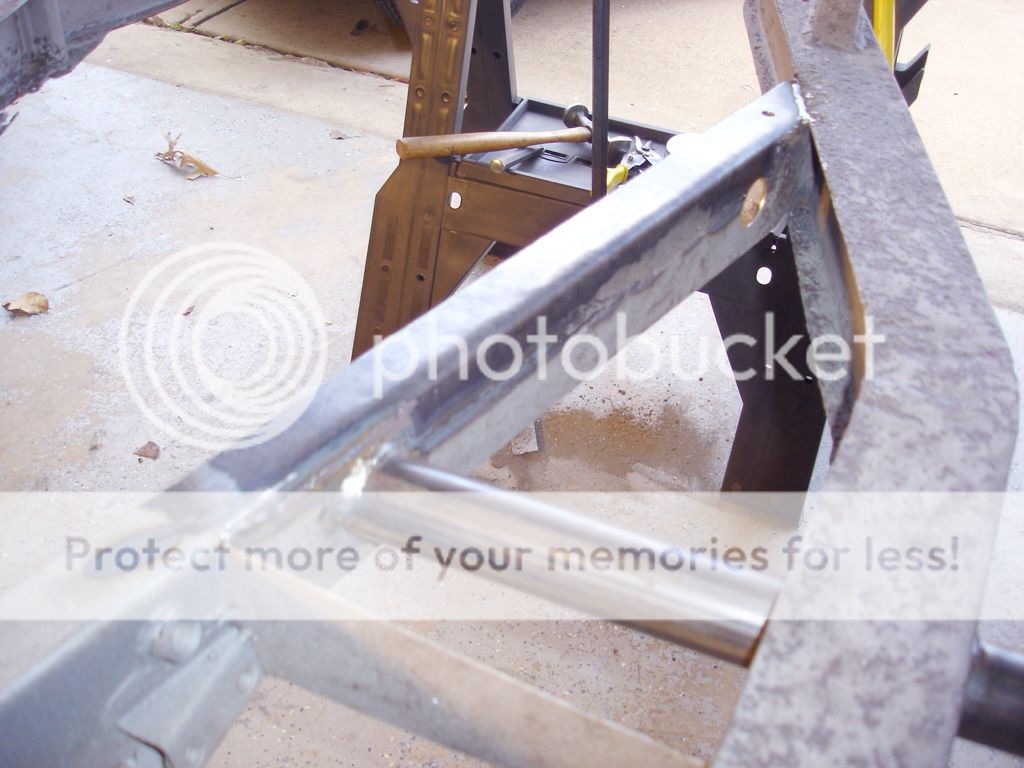CJD
Yoda
Offline
Excellent tips Al. I never thought about intentionally leaving a slight gap to keep the weld thin. Very good idea! Like you said, I have always used the low power on this kind of thin material, but will try some practice on high power...dragging the puddle may be the key to not burning through.
I picked up the metal yesterday, but have to spend the weekend at work. It'll be early next week when I get started. I'll be sure to post the progress...and really apprecieate any more tips as I go!
I picked up the metal yesterday, but have to spend the weekend at work. It'll be early next week when I get started. I'll be sure to post the progress...and really apprecieate any more tips as I go!

 Hi Guest!
Hi Guest!

 smilie in place of the real @
smilie in place of the real @
 Pretty Please - add it to our Events forum(s) and add to the calendar! >>
Pretty Please - add it to our Events forum(s) and add to the calendar! >> 
